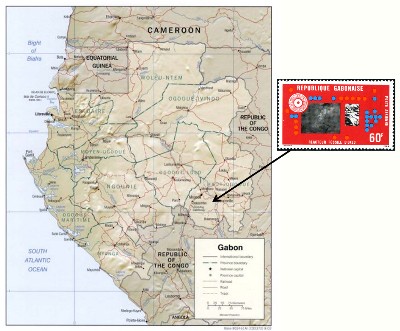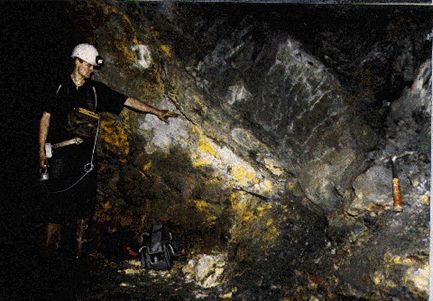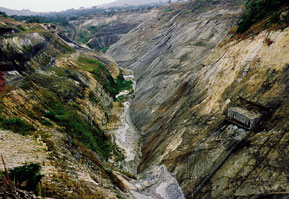 
Discovery of Fossil Natural Reactors at Oklo, Republic of Gabon Nuclear Fission in a Uranium Mine |
|
|
|
To many scientists and engineers, the discovery of the natural nuclear reactors at Oklo were of interest for demonstrating that under certain conditions nuclear waste, the fission products, could remain more-or-less immobile for long periods of time. For J. Marvin Herndon, though, the Oklo discovery was like glimpsing for the first time an entirely new aspect of natural behavior. Kuroda had predicted that natural reactors could occur in the distant past in thick seams of uranium ore, and he had predicted that neutrons would be slowed by ground water, leading to a slow (thermal) nuclear reactor. Subsequent investigations proved that in the main Kuroda was correct, but that to a small extent, the natural reactors at Oklo had also functioned as fast neutron breeder reactors, producing plutonium. That particular observation, to Herndon, seemed especially important, but nearly two decades would elapse before the pieces began to fall into place. The consequence was the beginning of a logical progression of understanding that would eventually reshape geophysics, planetary physics, and astrophysics. There is much, much more to this story. |
 Links to information about the Oklo natural reactors: http://www.ans.org/pi/np/oklo/ |

